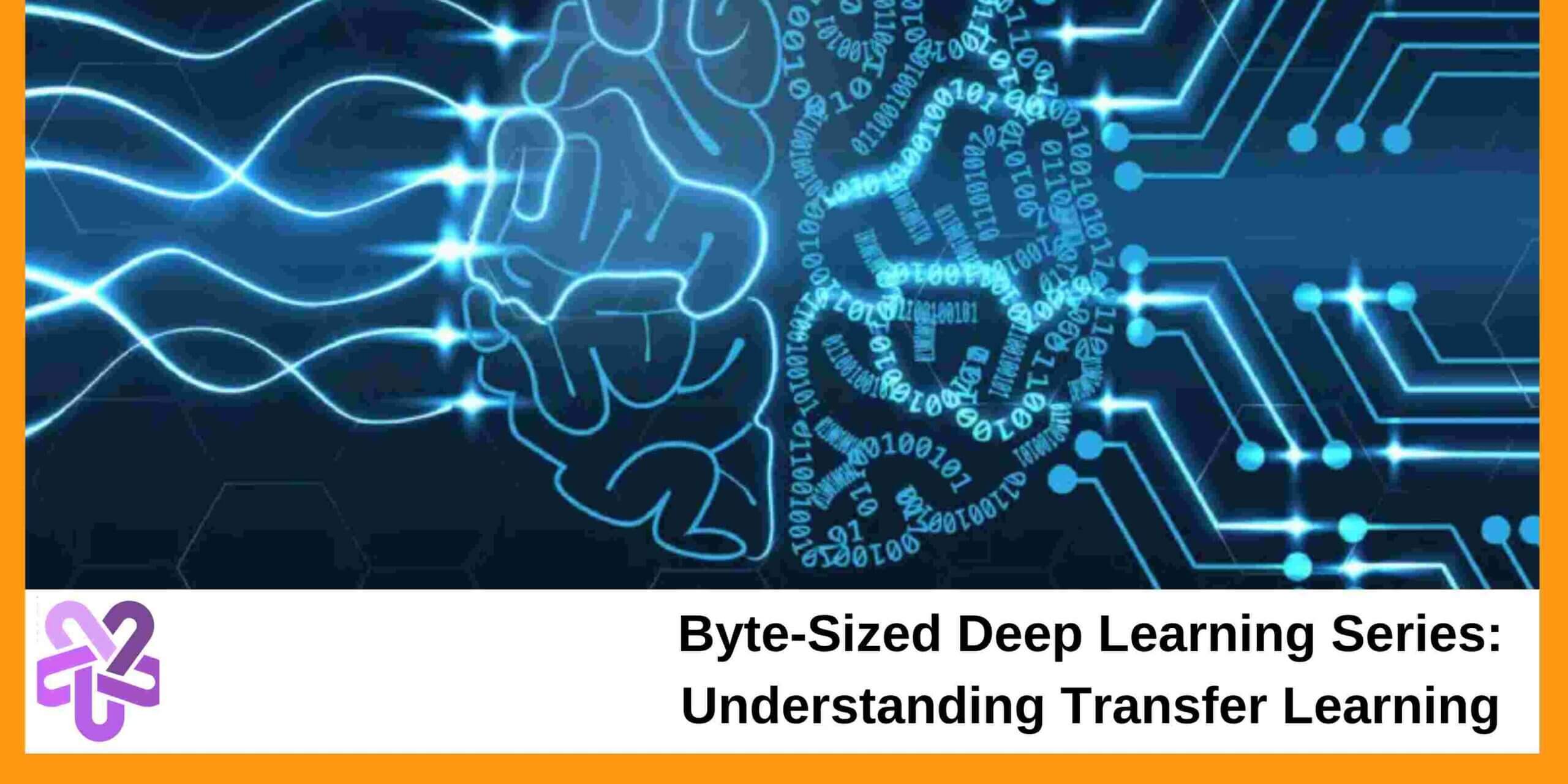Byte-Sized Deep Learning Series: Introduction to TensorFlow
- Created By shambhvi
- Posted on May 1st, 2025
- Overview
- Prerequisites
- Audience
- Curriculum
Description:
Unlock the power of TensorFlow by mastering its most fundamental building block: Tensors!
In this 90-minute hands-on session, you’ll dive deep into creating, manipulating, and performing operations with tensors: the essential data structures behind every modern machine learning model.
By the end of the session, you’ll have the skills to confidently work with tensors of all shapes and sizes, preparing you for building real-world deep learning models.
Duration: 90 mins
Course Code: BDT492
Learning Objectives:
After this course, you will be able to:
- Brief introduction to TensorFlow
- Understanding Tensors
- Accessing and manipulating Tensor data
- Mathematical operations on Tensors
- Activation Functions on Tensors
Must have some python programming experience and NumPy. Students must also be familiar with Machine Learning Concepts
Machine learning enthusiasts and practitioners who are familiar with basic ML concepts (e.g., models, datasets, training loops). Learners who want to start building deep learning models and need a solid foundation in TensorFlow tensors.
Course Outline:
- Getting started with TensorFlow?
- What is TensorFlow? Why TensorFlow for ML?
- Understanding Tensors
- What are Tensors? How are they different for NumPy Arrays?
- Types of Tensors: constant, random, zeros, ones, eye
- Tensor data types: float32, int32
- Hands-on: Creating Tensors
- Accessing and Manipulating Tensor Data
- Indexing and Slicing Tensors
- Reshaping Tensors
- Adding and removing dimensions to Tensors
- Hands-on: Working with Tensors
- Mathematical Operations on Tensors
- Element-wise operations: add, subtract, multiply, divide
- Matrix operations: matrix multiplication and dot products
- Aggregations: sum, mean, argmax, argmin
- Hands-on: Mathematical operations on Tensors
- Activation Functions on Tensors
- Learn about different types of activation functions on Tensors
- Apply activation functions: ReLU, Sigmoid, Tanh, etc
- Visualize the output of the functions on Tensors
- Hands-on: Modifying Tensors
Training material provided: Yes (Digital format)
Hands-on Lab: Instructions will be provided to install Jupyter notebook and other required python libraries. Students can opt to use ‘Google Colaboratory’ if they do not want to install these tools



